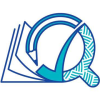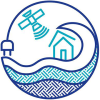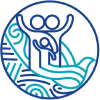Reading is a vital skill. It enables people to absorb new information and gives them the ability to learn without the need for oral guidance. This provides flexibility that allows students and citizens to become lifelong and self-sustaining learners, a critical skill in 21st century knowledge-based societies.
PILNA collects reading performance information through its literacy assessment, which collects performance information for both reading and writing.
The different aspects of reading ability that PILNA assesses are:
- identifying information;
- interpreting information; and
- critically analysing information.
PILNA 2021 has made a change to its analysis of literacy data. In previous PILNA cycles, reading and writing were combined into a single literacy score. For this cycle, and future cycles, Pacific stakeholders decided to analyse student performance in reading and writing separately.
This allows for a richer analysis of reading performance and the ability to provide more targeted insights and recommendations to Pacific stakeholders. Performance data are still comparable with data from previous PILNA cycles.
Further to this, PILNA 2021 has expanded its assessment of reading. The PILNA reading assessment now has more questions to test for lower levels of reading ability (see test booklet design). This is important for understanding what lower-performing students can and cannot do, so interventions to raise their performance may be more effectively designed and targeted.
This section shows year four and year six student performance in reading across the region in PILNA 2021. Over 40,000 students participated, with reading performance analysed by year level to allow comparison to regional benchmarks.
Comparisons within both year levels are made by gender and by earlier PILNA assessments (2015, 2018) where appropriate. Comparisons with 2012 are, however, unavailable because reading performance was analysed in a different way in that PILNA cycle.








